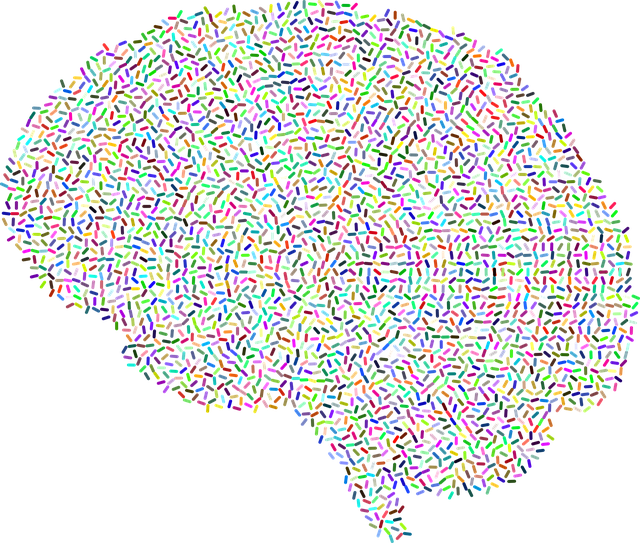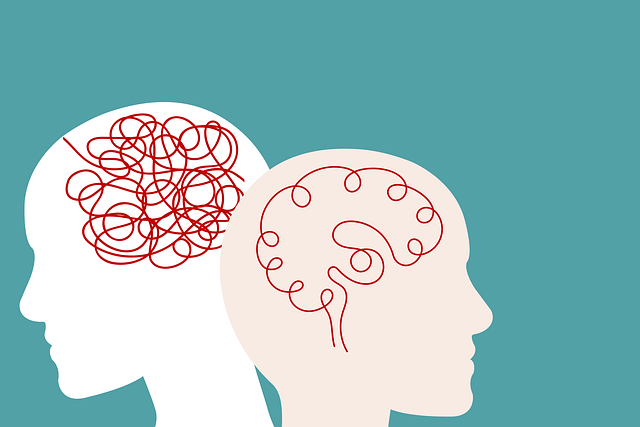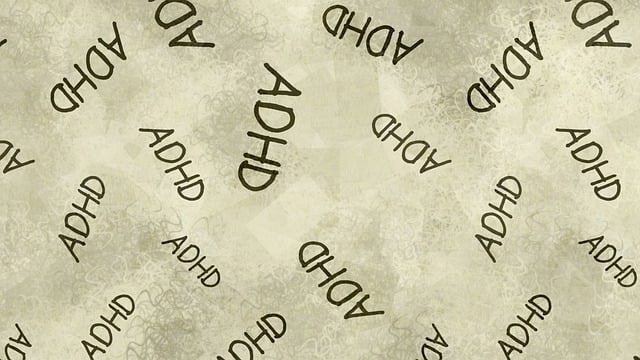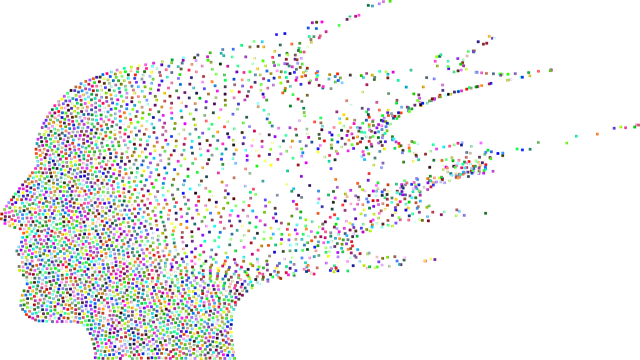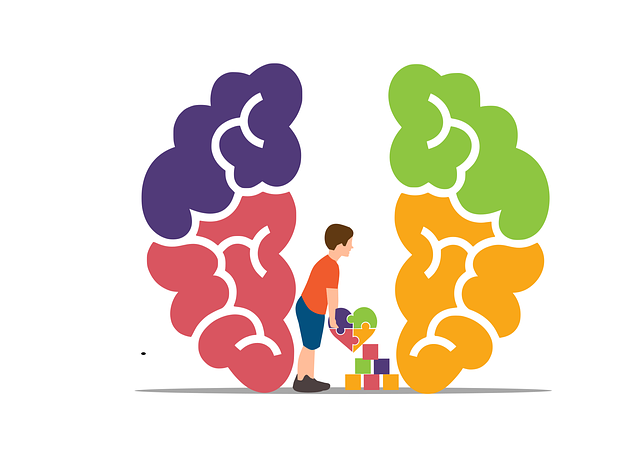In child therapy, especially focusing on EMDR sessions, thorough risk assessment is vital to ensure a safe environment for young clients. This involves evaluating individual vulnerabilities, potential triggers, and past traumas to proactively mitigate risks. EMDR, an effective therapy for trauma in children, combines eye movements with guided recall to process memories safely. Integrating EMDR into mental health practices and promoting it through awareness campaigns can destigmatize child therapy and prevent burnout. A comprehensive harm minimization plan includes risk assessment, interventions like EMDR tailored to children's needs, and self-awareness coaching for early childhood education settings. Regular monitoring and open communication with caregivers are key to ensuring the safety and success of EMDR therapy for young clients.
Risk assessment and harm minimization planning are vital components of safe and effective therapy for young children. This comprehensive guide explores essential practices in child therapy, focusing on identifying potential hazards and implementing strategies to mitigate risks. We delve into Eye Movement Desensitization and Reprocessing (EMDR) as a powerful harm minimization technique, offering a structured approach for creating robust plans tailored to young clients. By following these steps, therapists can ensure a secure environment while facilitating positive outcomes.
- Understanding Risk Assessment in Child Therapy: Identifying Potential Hazards
- EMDR (Eye Movement Desensitization and Reprocessing): A Harm Minimization Technique
- Creating a Comprehensive Harm Minimization Plan for Young Children
- Implementation and Monitoring: Ensuring Safety and Effective Treatment
Understanding Risk Assessment in Child Therapy: Identifying Potential Hazards

In child therapy, risk assessment is a vital process aimed at identifying and mitigating potential hazards that may impact a young client’s well-being during treatment. This involves meticulously evaluating various factors within the therapeutic environment to ensure safety and foster positive outcomes for children participating in EMDR (Eye Movement Desensitization and Reprocessing) sessions. By understanding and proactively addressing risks, therapists can create a secure space conducive to healing and growth.
One key aspect of risk assessment is recognizing that every child brings unique experiences and vulnerabilities to therapy. This includes identifying potential triggers, past traumas, or existing mental health concerns that may require specialized attention. For instance, trauma support services should be readily accessible for children who have experienced abuse or neglect, as these issues can significantly impact their ability to process emotions effectively during EMDR therapy. Additionally, stress management workshops and organization techniques for self-care routine development can empower both children and their caregivers to navigate potential stressors outside the therapeutic setting.
EMDR (Eye Movement Desensitization and Reprocessing): A Harm Minimization Technique

EMDR (Eye Movement Desensitization and Reprocessing) is a groundbreaking therapy that has proven effective in treating young children with trauma. This harm minimization technique facilitates the processing of distressing memories, helping children to work through their experiences and reduce the impact they have on their emotional well-being. By combining eye movements or other bilateral stimulation with guided recollection of traumatic events, EMDR allows children to reprocess these memories in a safe and controlled manner.
This approach not only helps in the therapy setting but also has broader implications for mental health. Public awareness campaigns can play a crucial role in promoting EMDR as a valuable tool for young ones, integrating it into self-care routine development for better mental health. By destigmatizing therapy for young children and emphasizing its potential in preventing burnout, society can foster healthier developmental trajectories.
Creating a Comprehensive Harm Minimization Plan for Young Children

Creating a comprehensive harm minimization plan for young children involves several key components, including identifying potential risks and implementing effective interventions. Early childhood education settings should prioritize mental wellness coaching programs that foster self-awareness exercises and coping skills development in children. These strategies not only enhance their ability to navigate challenging situations but also promote overall resilience.
EMDR therapy for young children is another powerful tool that can be integrated into harm minimization plans. By combining EMDR with tailored self-awareness exercises, educators and therapists can help children process traumatic experiences and develop healthier coping mechanisms. This holistic approach ensures that each child receives the necessary support to thrive and grow in a safe, nurturing environment, ultimately contributing to their long-term mental wellness.
Implementation and Monitoring: Ensuring Safety and Effective Treatment

Effective risk assessment and harm minimization planning are integral to ensuring safe and successful therapy for young children, particularly those undergoing Eye Movement Desensitization and Reprocessing (EMDR). Implementation involves a multifaceted approach that combines evidence-based practices with tailored strategies. Therapists must create a supportive environment that prioritizes the child’s emotional well-being through empathy building strategies and effective communication. By fostering open dialogue and utilizing appropriate Emotional Well-being Promotion Techniques, practitioners can identify potential risks early on and implement proactive measures to mitigate them.
Monitoring is a continuous process that requires regular evaluation of the child’s progress and response to treatment. This includes assessing emotional reactions, behavioral changes, and any emerging issues. Through diligent monitoring, therapists can ensure the safety and effectiveness of EMDR therapy, adapt their approach as needed, and ultimately promote positive outcomes for young clients. Communication strategies play a pivotal role in this stage, allowing therapists to maintain open lines of dialogue with both children and their caregivers.
Risk assessment and harm minimization planning are paramount in child therapy to ensure safe and effective treatment. By understanding potential hazards and employing evidence-based techniques like EMDR (Eye Movement Desensitization and Reprocessing), therapists can create comprehensive plans tailored to young children’s unique needs. Continuous implementation and monitoring are essential to adapt strategies as necessary, fostering a secure environment for emotional healing and growth in therapy for young children, particularly when utilizing EMDR.
